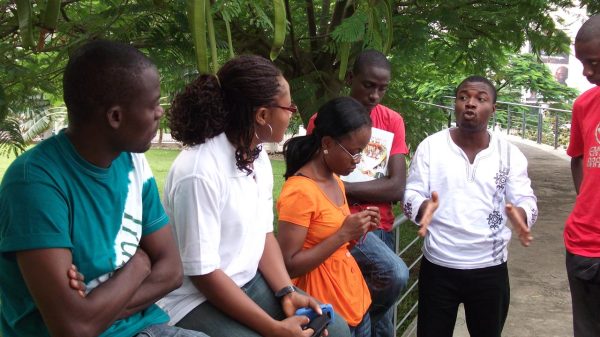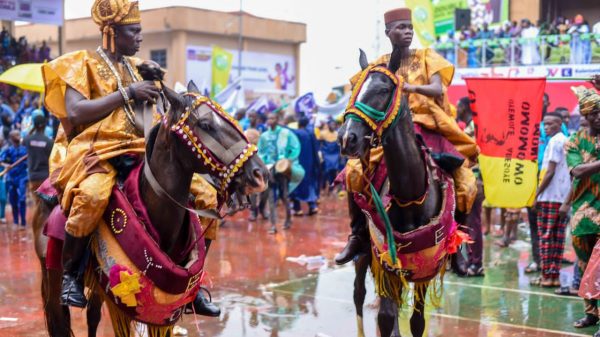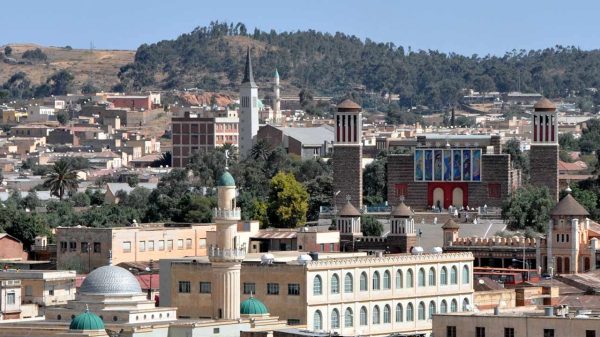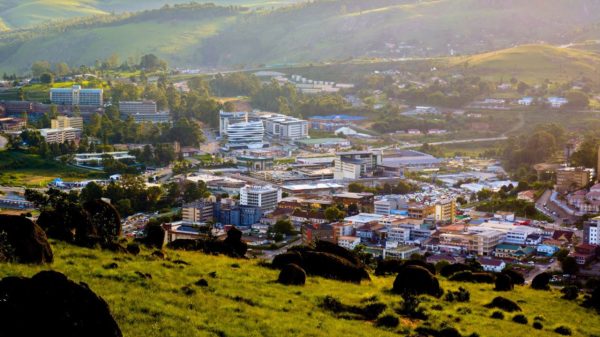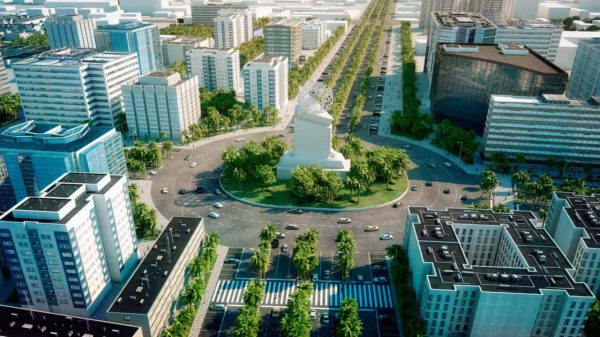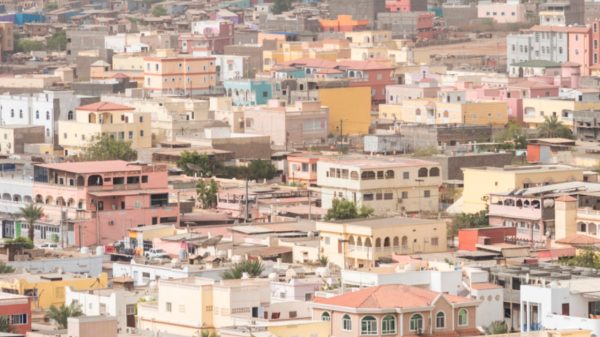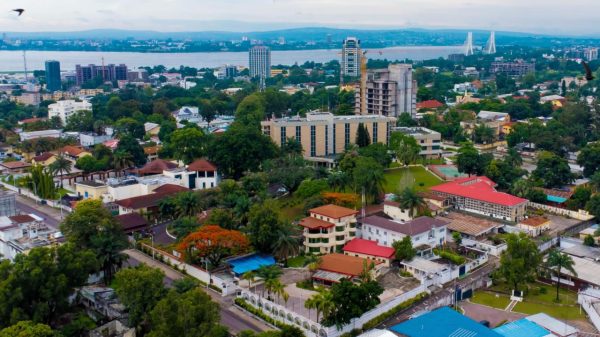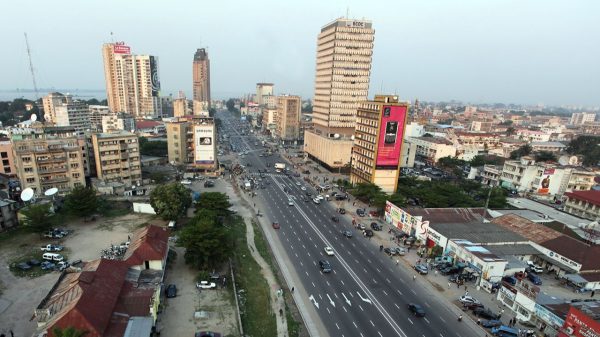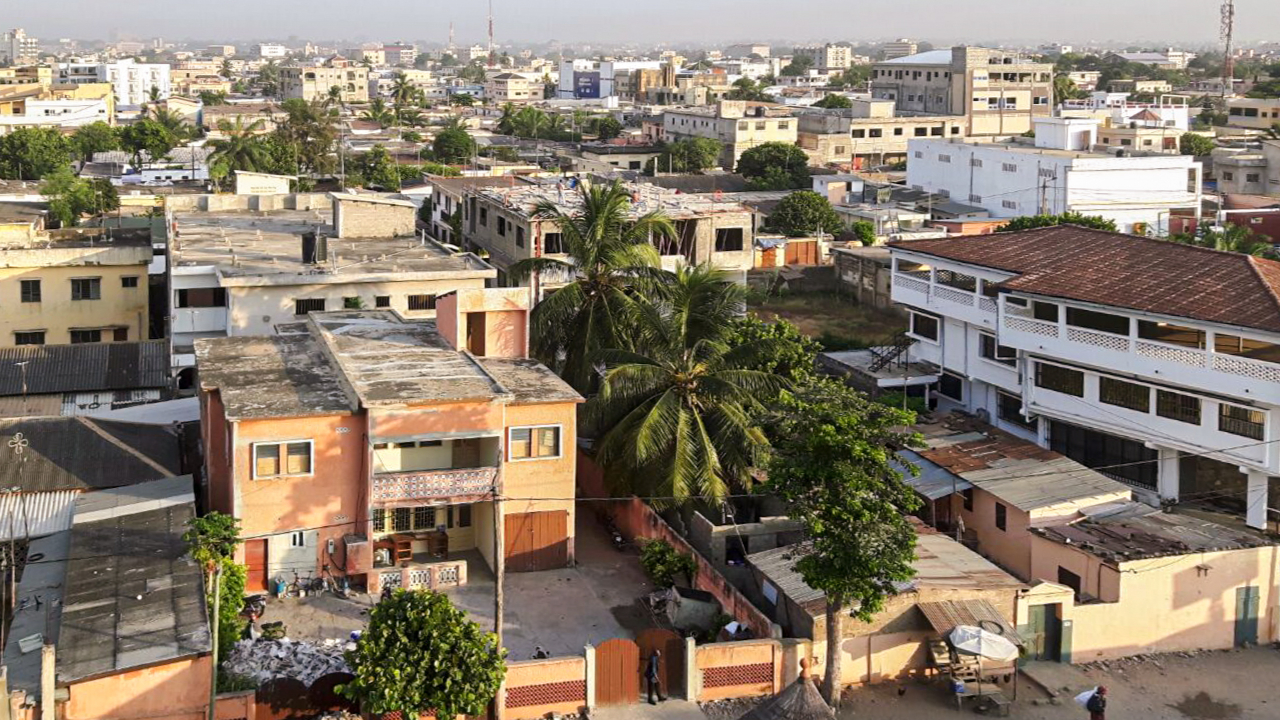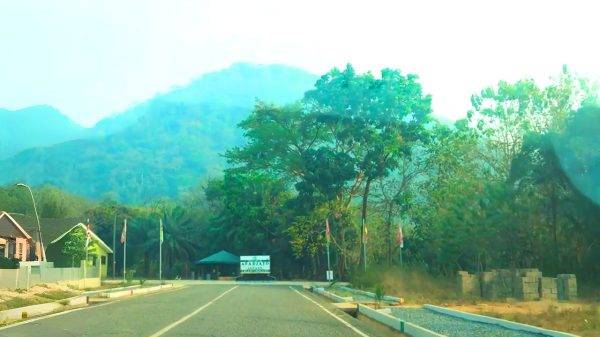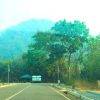Togo, a sliver of West Africa cradled between Ghana and Benin, presents a captivating blend of ancient traditions and modern aspirations.
This nation, stretching like a slender ribbon from the Atlantic coast to the savanna heartland, whispers tales of vibrant cultural diversity, where the echoes of Voodoo intertwine with the rhythm of bustling markets.
From the iconic mud-tower architecture of Koutammakou, a testament to ancestral ingenuity, to the sun-kissed beaches of Lomé, Togo unveils a landscape as varied as its people, a land where history and heritage paint a unique portrait of resilience and beauty.
1. Geographical Location
Togo is a slender, elongated country in West Africa, extending approximately 515 kilometers (320 miles) from its 51-kilometer (32-mile) coastline along the Gulf of Guinea in the south to its northern border with Burkina Faso. The nation is bordered by Ghana to the west and Benin to the east. This strategic positioning has historically made Togo a crossroads of diverse cultures and trade routes within the region.
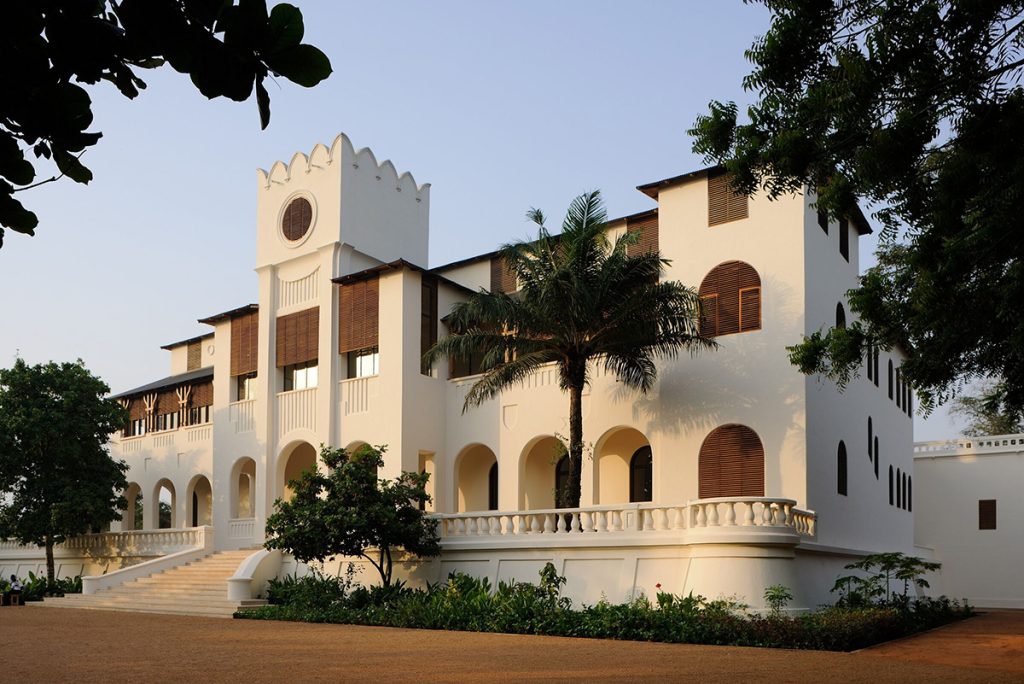
2. Diverse Linguistic Landscape
French is the official language of Togo, serving as the medium for government, education, and media. However, the country’s rich cultural mosaic is reflected in its linguistic diversity, with over 39 indigenous languages spoken nationwide. Among these, Ewe and Kabiye are the most prominent, each with millions of speakers. Ewe is predominantly spoken in the southern regions, while Kabiye is more common in the north. This multilingual environment underscores Togo’s complex cultural heritage and the coexistence of various ethnic groups.
3. Youthful Population
Togo’s demographic profile is notably youthful, with a median age of approximately 19 years. This means that half of the population is below this age, highlighting a significant proportion of children and adolescents. Such a youthful demographic presents both opportunities and challenges, including the potential for a dynamic workforce and the need for substantial investment in education, healthcare, and employment opportunities to harness this potential effectively.
4. UNESCO World Heritage Site
Koutammakou, known as the “Land of the Batammariba,” spans northeastern Togo and parts of neighboring Benin. This cultural landscape is renowned for its traditional mud tower-houses called “takienta,” which exemplify the harmonious relationship between the Batammariba people and their environment. The area encompasses sacred sites, including caves, springs, and ritual spaces, reflecting the community’s spiritual connection to the land. In 2004, Koutammakou was inscribed as a UNESCO World Heritage Site, recognizing its outstanding universal value as a living cultural landscape.
5. Historical Significance
Between the 16th and 18th centuries, Togo’s coastal region was part of the area infamously known as the “Slave Coast,” a major hub in the transatlantic slave trade. European traders established forts and trading posts along the coast to facilitate the capture and exportation of enslaved Africans to the Americas. This dark chapter has left an indelible mark on the nation’s history, with sites like the coastal town of Aného bearing witness to this period. Today, Togo acknowledges this heritage through memorials and educational initiatives aimed at preserving the memory of those affected.
6. Capital City – Lomé
Lomé, the capital and largest city of Togo, is situated along the Gulf of Guinea. As the country’s administrative and economic center, Lomé is home to approximately 1.5 million residents. The city is renowned for its bustling markets, such as the Grand Marché, where vendors sell a variety of goods ranging from textiles to spices. Lomé’s port is a critical gateway for trade, not only for Togo but also for landlocked neighboring countries, facilitating the import and export of goods across the region.
7. Traditional Architecture
Traditional Togolese architecture is exemplified by the “takienta” structures of the Batammariba people in Koutammakou. These mud tower-houses are meticulously constructed using local materials like earth, wood, and straw. Each takienta typically consists of multiple stories, with designated areas for cooking, storage, and sleeping. The design reflects both functional needs and cultural symbolism, embodying the community’s social structure and spiritual beliefs. Maintaining these structures requires continuous knowledge transfer and sustainable use of natural resources.
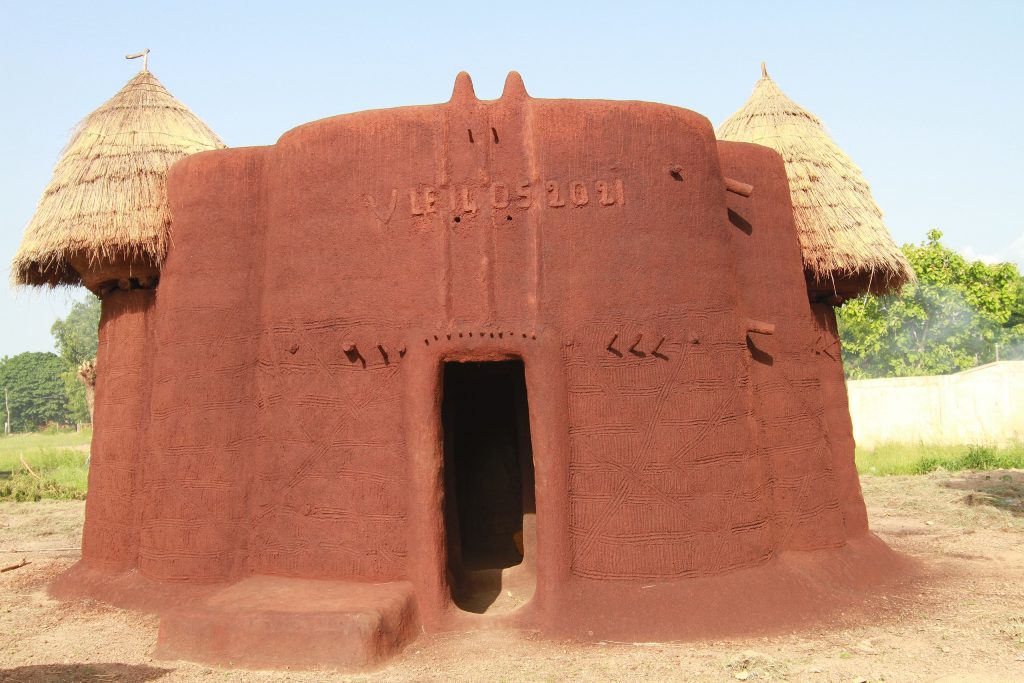
8. Cultural Heritage Preservation
The Palais de Lomé, originally built in 1905, has undergone extensive restoration to serve as a cultural hub in Togo’s capital. After years of neglect, the palace reopened in 2019, hosting exhibitions that celebrate Togolese art, history, and architecture. The restoration project has sparked broader discussions about preserving West Africa’s architectural heritage, balancing the need for modernization with the importance of maintaining historical sites. The Palais de Lomé now stands as a testament to the country’s commitment to cultural preservation and serves as a venue for fostering dialogue on heritage conservation.
Subscribe to our Newsletter
Stay updated with the latest trends in African Pop Culture!


